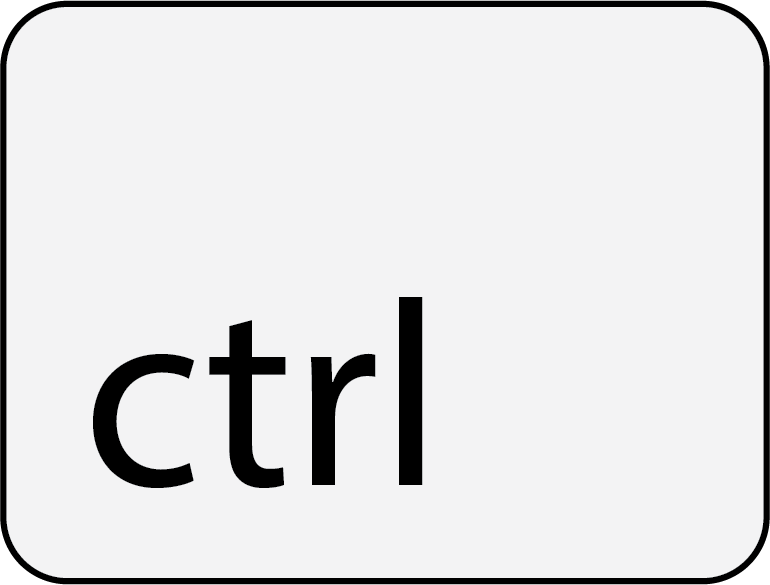In this Demonstration, the liquid-phase reaction \( A + 2B \rightarrow C \) takes place in an isothermal plug flow reactor. Only \( A \) and \( B \) enter the reactor, and the user inputs the mole fraction of \( A \) in the feed. The reaction is first order in the concentration of \( A \), but the user inputs the reaction order with respect to \( B \) and the value of the rate constant. When the reaction order is changed, the units of the rate constant change, but the numerical value does not. The molar flow rates of \( A \), \( B \), and \( C \;\) (\( F_{A} \), \( F_{B} \), \( F_{C} \)) are plotted versus the cumulative reactor volume (the distance from the reactor inlet times the reactor cross-sectional area).
The constant-density liquid-phase reaction takes place in an isothermal plug flow reactor:$$ A + 2B \rightarrow C $$with reaction rate $$ r = kC_{A}C_{B}^{n} $$where \(C_{i}\) is the concentration of component \( i \), \( r \) is rate of reaction, \( n \) is the order of reaction with respect to component \( B \), and \( k \) is the rate constant. Mass balances on each component are: $$ v \frac{dC_{A}}{dV} = r_{A} = -r $$ $$ v \frac{dC_{B}}{dV} = r_{B} = -2r $$ $$ v \frac{dC_{B}}{dV} = r_{C} = r $$ where \( v \) is volumetric flow rate of the reactor and \( V \) is the cumulative volume of the plug flow reactor (i.e., the distance from the inlet times the cross-sectional area). In order to solve the system of differential equations, initial conditions for \( V=0 \) must be specified: $$ C_{A} = C_{A0} $$ $$ C_{B} = C_{B0} $$ $$ C_{C} = 0 $$ The molar flow rates are calculated as \( F_{i} = v C_{i} \), where for component \( i \), \( F_{i} \) is the molar flow rate and \( C_{i} \) is the concentration.
This simulation was created in the Department of Chemical and Biological Engineering, at University of Colorado Boulder for LearnChemE.com by Neil Hendren and Rachael L. Baumann under the direction of Professor John L. Falconer. Address any questions or comments to learncheme@gmail.com. All of our simulations are open source, and are available on our LearnChemE Github repository.
If this simulation is too big for your screen, zoom out using  +
+  on Mac or
on Mac or  +
+  on Windows. To zoom in, use
on Windows. To zoom in, use  +
+  on Mac or
on Mac or  +
+  on Windows.
on Windows.